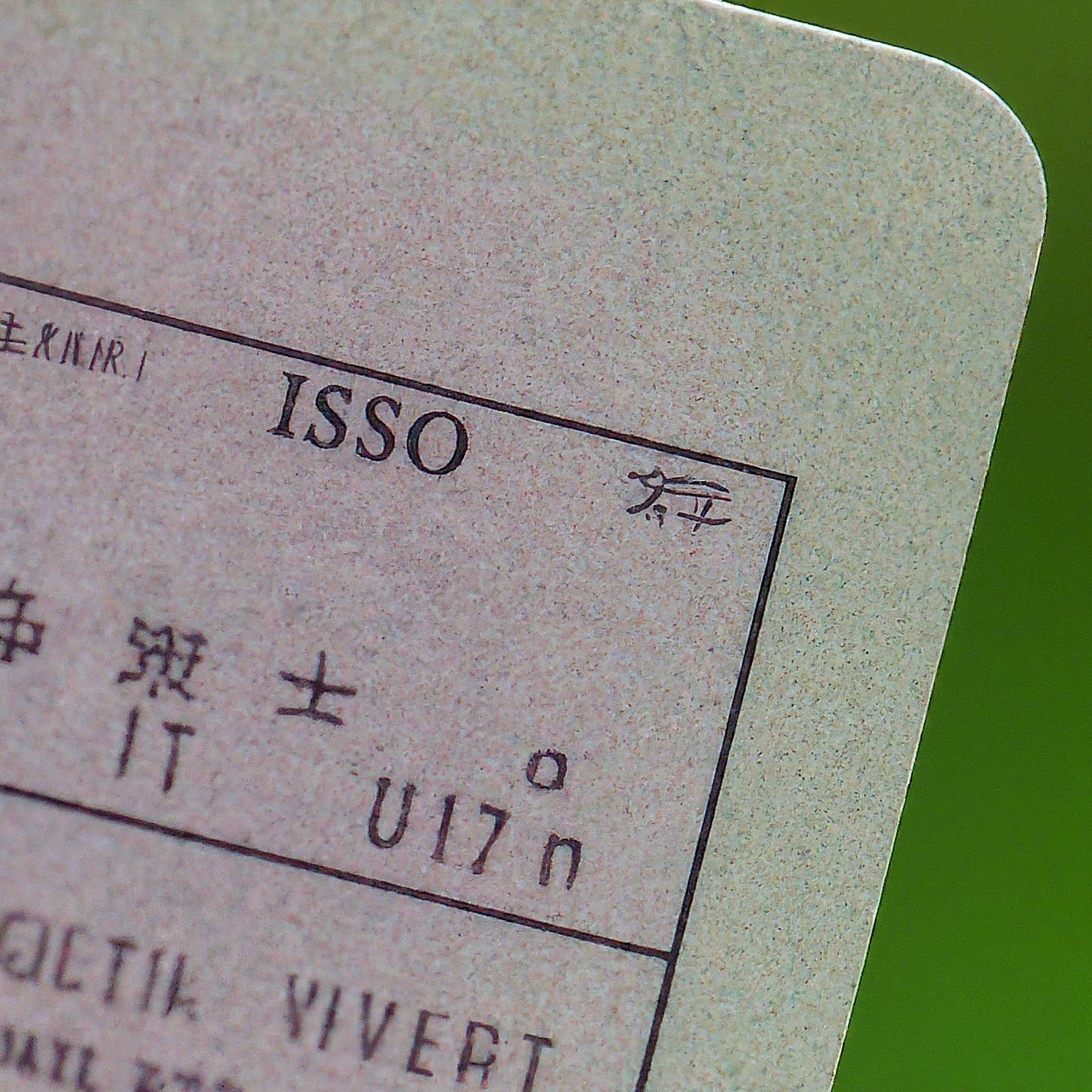In our increasingly interconnected world, standardized codes play a vital role in streamlining communication and data exchange. Among these, ISO two letter country codes stand out as a ubiquitous yet often mysterious identifier. This article unveils the purpose, applications, and intricacies of these short, powerful codes.

Developed by the International Organization for Standardization (ISO), ISO two letter country codes, formally known as ISO 3166-1 alpha-2, represent countries, dependent territories, and special areas of geographical interest. These concise codes, like US for the United States or FR for France, offer a universally understood shorthand for designating locations.
The impact of ISO two letter country codes is far-reaching. They form the backbone of the Internet’s country code top-level domains (ccTLDs). Websites like .com and .org are familiar examples, but many countries utilize their ISO code as their ccTLD – think .uk for the United Kingdom or .jp for Japan. This allows for a geographically targeted online presence.
Beyond the digital realm, ISO two letter country codes find application in various sectors. They are employed in international trade and shipping for efficient customs processing and logistics. Financial institutions leverage them for secure transactions and currency identification. Even scientific research datasets often utilize these codes to denote geographical origin.
While seemingly straightforward, ISO two letter country codes warrant some considerations. As with any coding system, exceptions exist. For instance, the United Kingdom’s ISO code is GB, but .uk serves as its ccTLD due to historical reasons. It’s also crucial to remember that these codes represent locations, not languages. A code like FR signifies France, but it doesn’t necessarily indicate French as the primary language.
In conclusion, ISO two letter country codes function as a global language of location. These compact yet powerful identifiers serve as the foundation for international communication across countless domains. As our world continues to shrink virtually, understanding these codes empowers us to navigate the complexities of a globalized landscape.
لا تعليق